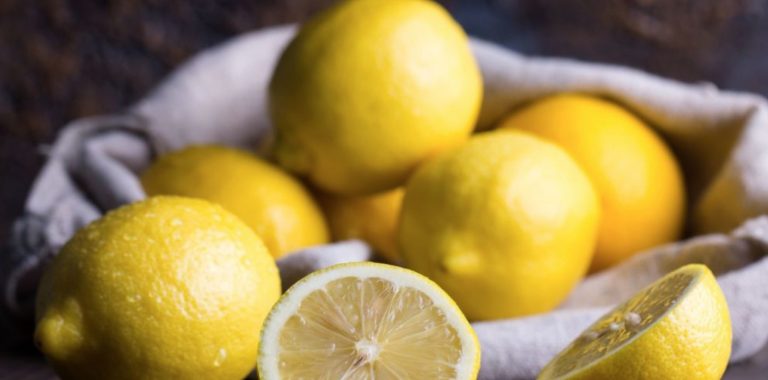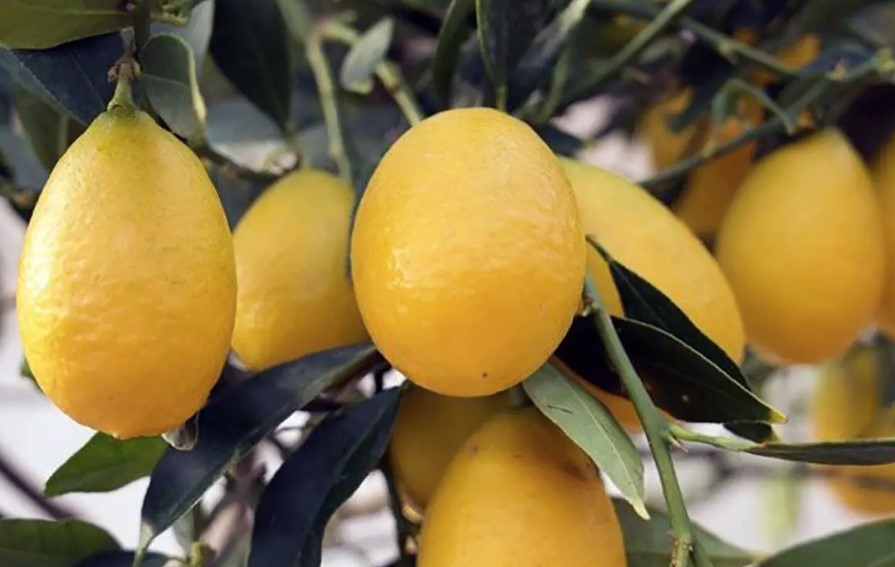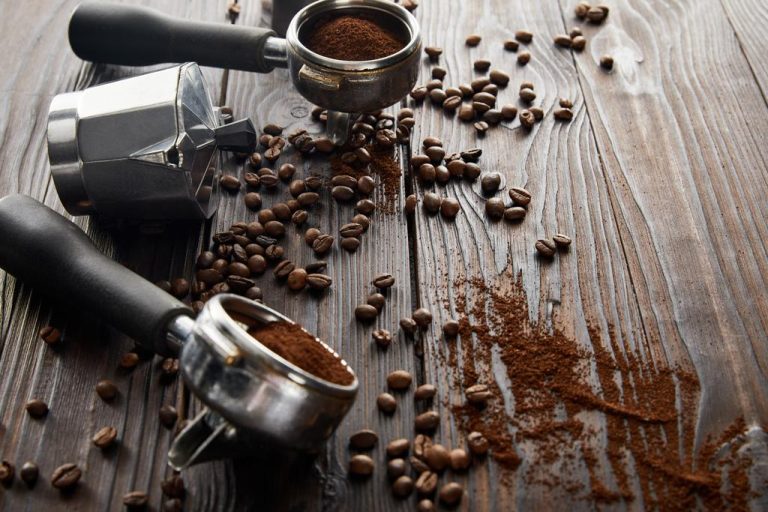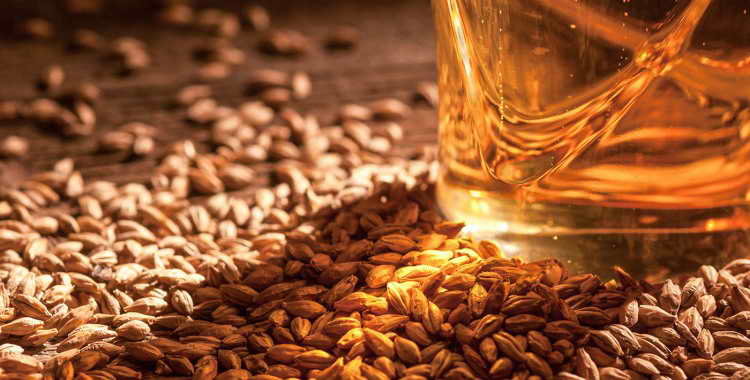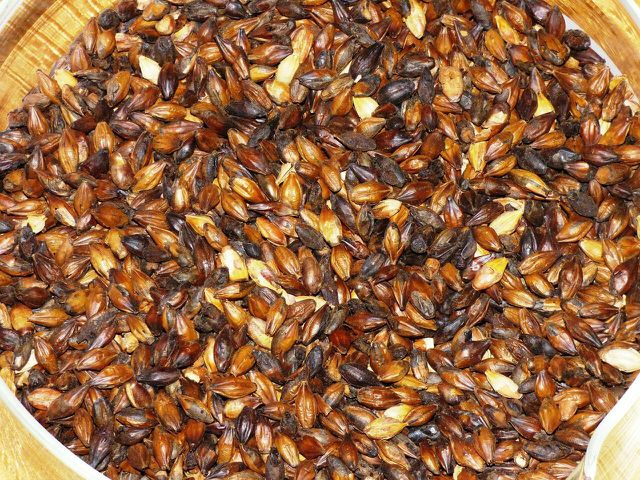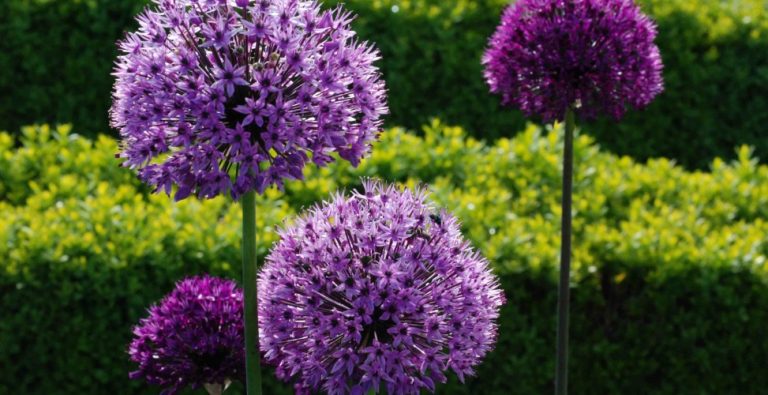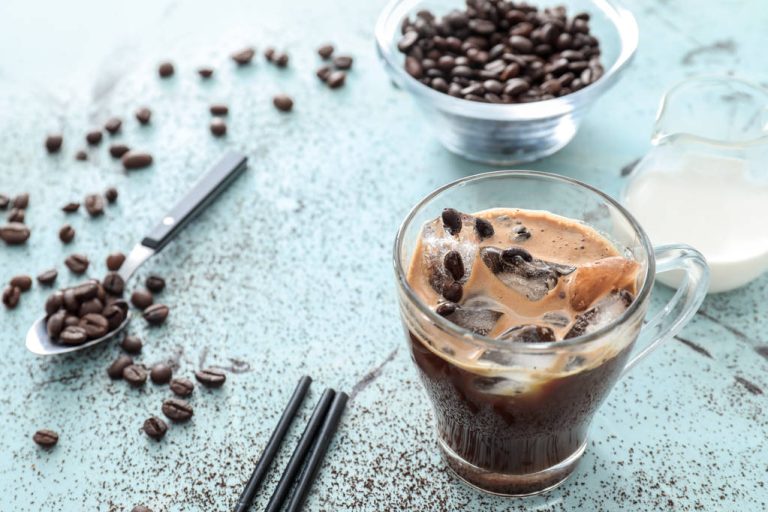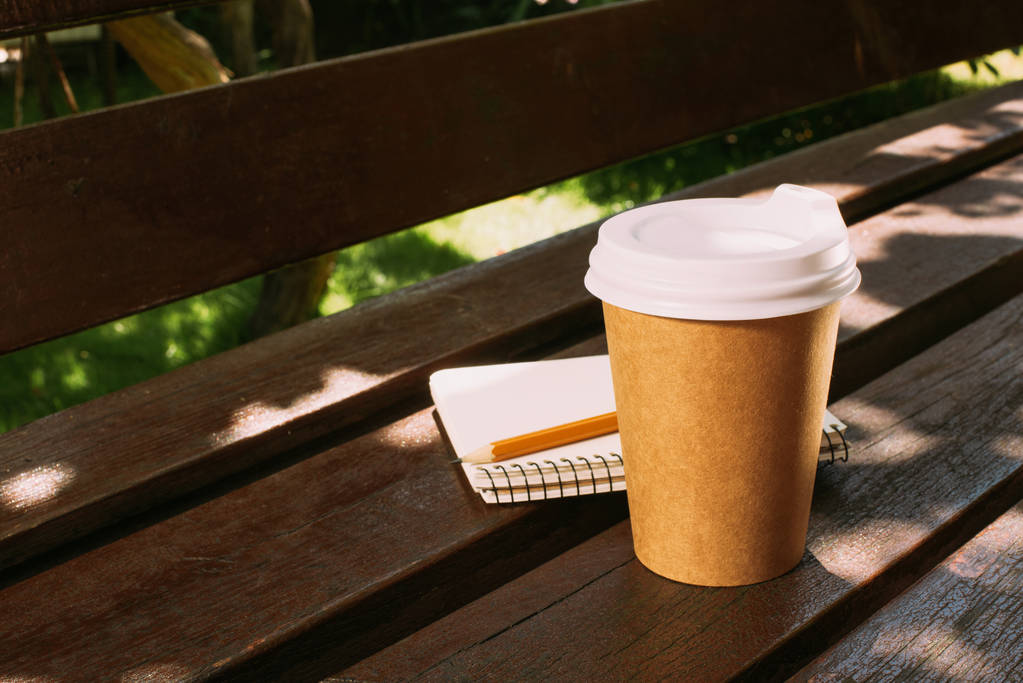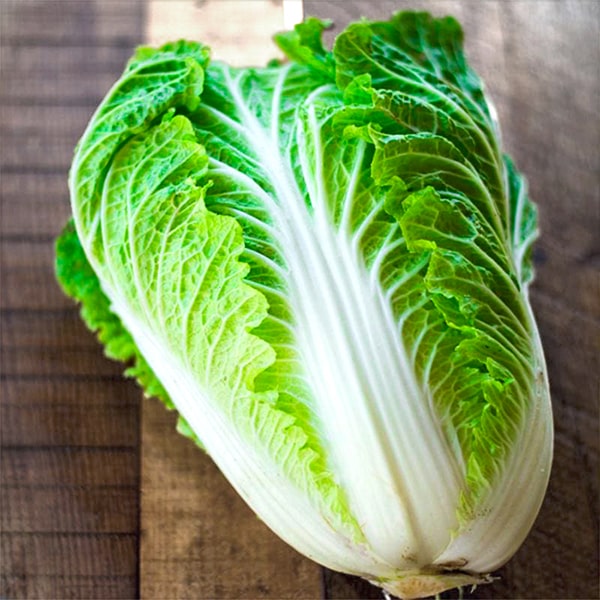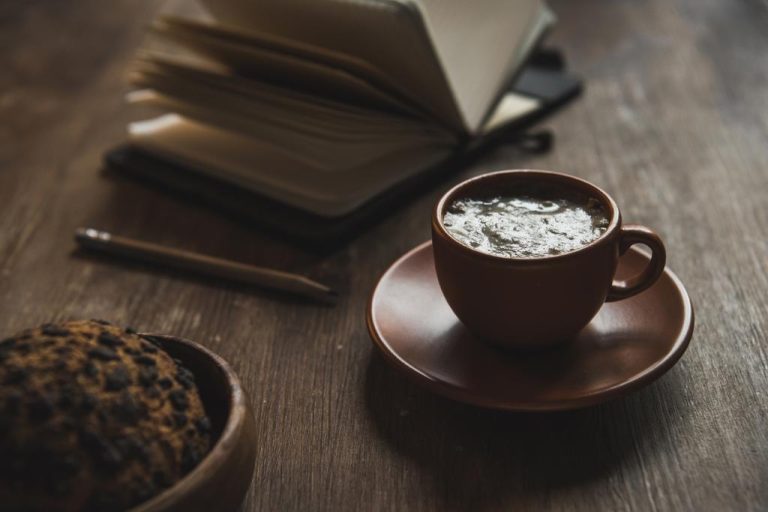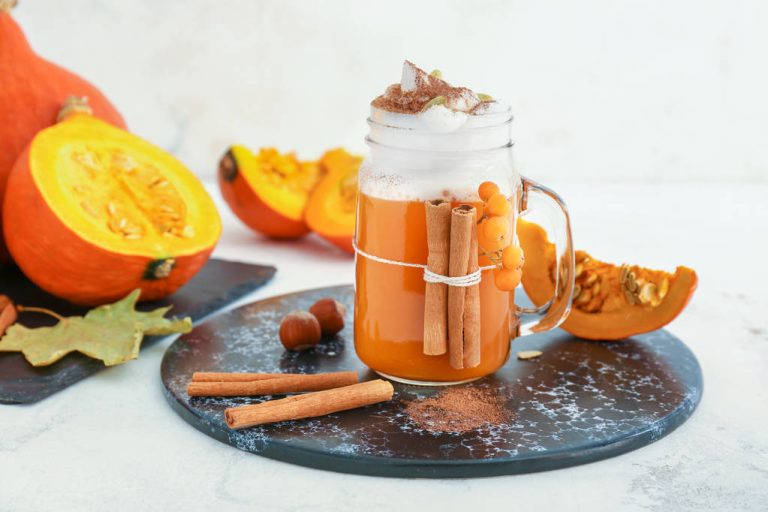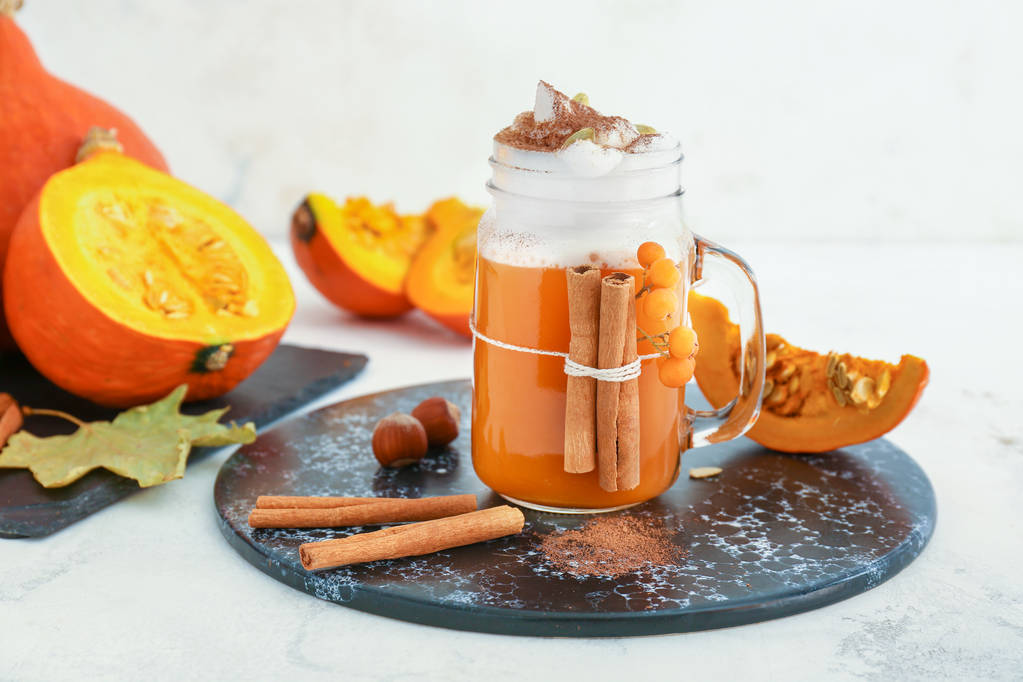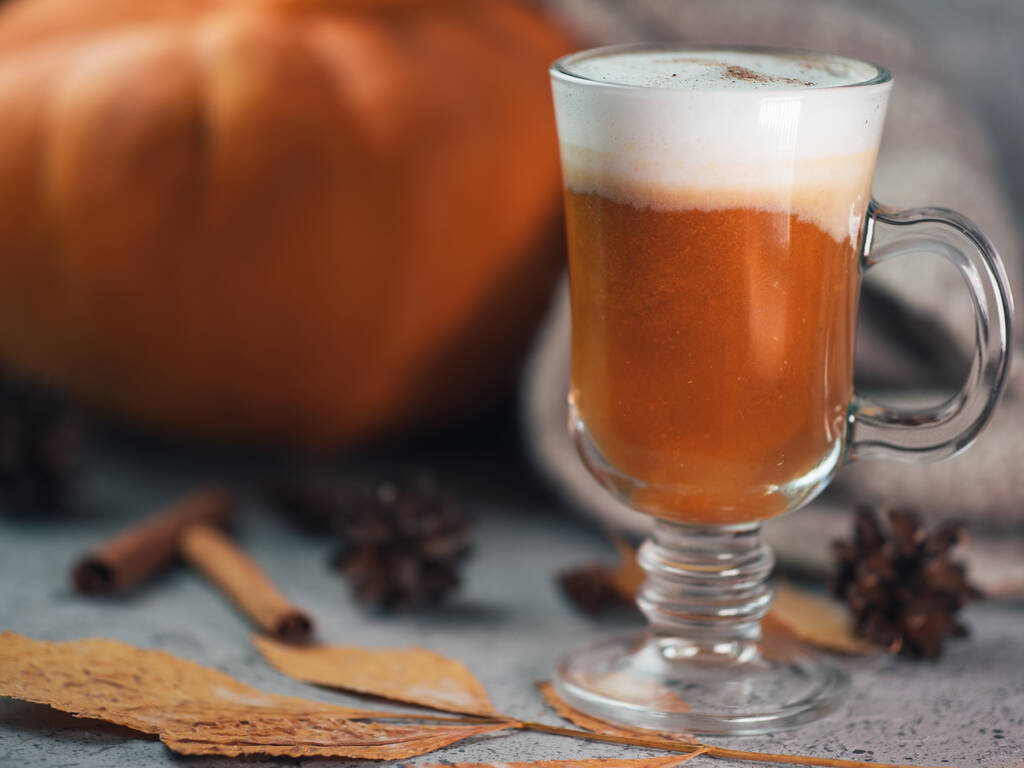The buckthorn is ideal for a natural garden as its flowers provide food for many native animals. In this article we will show you how to plant the tree and what medicinal effects its berries have.
The buckthorn is a native plant that, as a valuable habitat for birds and insects, is of particular importance for the preservation of biodiversity. You will find it in the form of dense hedges and bushes, especially in alluvial forests, sparse forests and at the edges of forests. Butterflies, wild bees and many other insects feed on the flowers and leaves of the buckthorn. The buckthorn gets its German name from its thorns, which sit at the end of the short shoots and overlap with the branches in a cross shape. From September onwards, the deciduous tree bears pea-sized black drupes, which birds like to eat. The raw fruits are poisonous for humans, in dried form they are known in folk medicine as a strong natural laxative.
Planting buckthorn: This is how you do it right
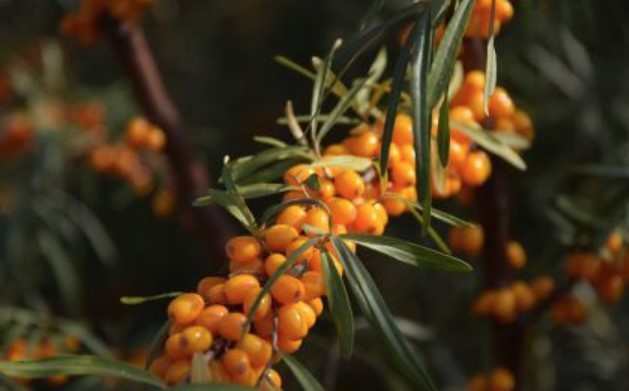
As an ecologically valuable tree species, the buckthorn enhances every natural garden. With its dense branches, it offers birds and other animals a safe retreat in your garden. You can plant the robust shrub on its own or grow it together with honeysuckle, dog rose or dogwood to form a wild hedge. Before you plant buckthorn, you should consider the following tips:
Location: The buckthorn thrives best in a sunny spot in the garden. But you can also successfully plant the robust woody plant in semi-shade. Blazing sun and wind do not bother the buckthorn. In too shady locations, its leaves are slightly larger.
Soil: In the wild, buckthorn grows on stony, loamy and gravel soils. In the garden, it loves well-drained soil with a high lime content. Even slightly damp soil is no problem for him – only permanently wet roots can cause the shrub to die.
When to plant: You can get young buckthorn plants from well-stocked garden shops. There they are usually offered in plant containers or as bales. In theory, you can plant the buckthorn in pots all year round, as long as there is no frost on the ground. If you buy the tree as a root ball, it is best to put it in the ground in spring or autumn.
Plant buckthorn correctly:
First, dip the buckthorn root ball in a bucket of water. As soon as no more air bubbles rise, the young plant is sufficiently watered.
If you want to plant the buckthorn as a hedge, dig several planting holes about two meters apart. Make sure that the holes are at least as wide and deep as the root ball.
Place the young plants in the holes. With baled goods, make sure that no soil trickles down when you lift the plant. Untie the top of the bale cloth so that it doesn’t hinder the growth of the buckthorn and has a better chance of rotting later.
Mix the excavated soil with some compost and pour the mixture back into the hole.
Press down the top layer of soil and water the buckthorn generously at the end.
By the way: the buckthorn has very strong, deep roots with many runners. That’s why you can use it to fasten embankments and slopes.
Proper care for the buckthorn
In the right location and with the right care, the buckthorn can grow up to six meters high. Fortunately, like most wild trees, buckthorn is relatively undemanding and therefore fits well in a low-maintenance garden. With the following care tips, the wood grows particularly vigorously:
Watering: You rarely have to water the buckthorn, as it prefers to be only moderately moist. Therefore, always check first whether the top layer of soil has dried before you water the wood. Since buckthorn is sensitive to limescale, you should water it with stagnant tap water or rainwater from the barrel. In winter you should water the shrub even more sparingly and just make sure that the soil does not dry out completely.
Fertilizer: In theory, buckthorn does well without additional fertilizer if you mix some compost under the soil when planting.
Pruning: Buckthorn trees usually do not need a topiary. You can remove broken or dead branches at any time. Note, however, that the buckthorn copes with pruning measures less and less with increasing age and then no longer sprout so strongly.
Buckthorn: Native plant with a strong laxative effect

In the vernacular, buckthorn is also known as purging buckthorn because of the laxative effect of its fruits. Once dried, the fruits were used as a laxative and for blood purification. However, the medical journal PTAheute advises against using the berries in this way because their effects are difficult to regulate. Smaller amounts can cause painful side effects such as vomiting, stomach cramps and diarrhea. This strong reaction is caused by anthraquinone glycosides contained in the fruit. These substances inhibit the absorption of water in the intestine and at the same time ensure that more water flows into the intestinal tract. In this way, the pressure in the intestine increases.

